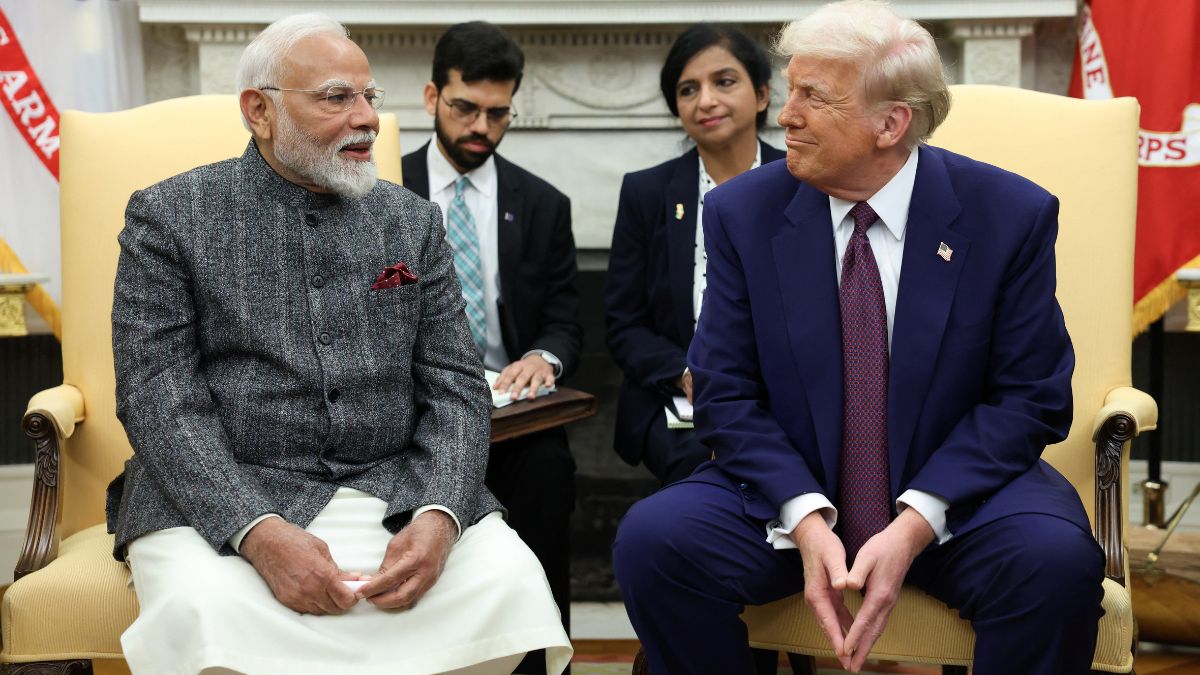

In response to escalating trade tensions and recently imposed tariffs by the United States, India is actively considering a comprehensive support package and incentives to protect its exporters. These measures aim to mitigate the adverse effects of the tariffs, particularly those levied by President Trump, and to ensure the continued competitiveness of Indian goods in the global market.
The Indian government is reportedly preparing an export promotion mission with an estimated budget of ₹20,000 crore. This initiative will focus on easing access to export credit, addressing non-tariff barriers, and promoting the "Brand India" label internationally. The ministries of commerce and industry, micro, small and medium enterprises (MSME), and finance are collaborating on this effort. The program will focus on trade finance, regulations, standards and market access, strengthening Brand India's recognition, e-commerce facilities with warehousing, and trade facilitation measures. A key component involves offering loans to MSME exporters with minimal or no collateral requirements, contingent on export limits and creditworthiness assessments.
These measures are especially crucial considering the significant impact of the increased tariffs. The US has announced a 25% tariff on all goods originating from India, effective August 7, alongside an undefined penalty. The US reciprocal tariff rate now stands at 50% for India. Competing nations such as Pakistan, Vietnam, Bangladesh and Turkey face duties between 15-20%. This substantial tariff could affect approximately half of India's annual exports to the US, which exceed $85 billion.
Several sectors are expected to be particularly vulnerable. These include textiles, gems and jewelry, auto parts, and seafood. For textile exports, the applicable tariff rate is between 59-63.9%, the highest among all affected sectors. Shrimp exports, which amount to nearly $7 billion annually, could also suffer significantly due to stiff price competition and increased supply from countries with lower tariffs. Indian seafood exporters are already facing stiff price competition and falling prices thanks to increased supply from Ecuador (which faces only a 10-14% tariff). It's estimated that Indian exporters are already facing losses of Rs 600 crore due to order cancellations and containers stuck in transit as these tariffs take effect.
Experts suggest several strategies for India to counter the impact of Trump's trade offensive. These include allocating a dedicated fund to support exporters, promoting brand building in alternate markets, and strategic trade promotion activities. Alternative markets such as Africa, the UK, the European Union, and Central Asia could help to diversify export destinations. Some experts have also suggested that fiscally viable measures of support may help India's US-bound exports sail through Trump's tariff storm.
The government has defended its oil imports from Russia and snubbed the extra US tariffs as "unfair, unjustified and unreasonable". Despite ongoing trade negotiations, India recognizes the need to prepare for a scenario where the US imposes tariffs exceeding 25%. A support framework should be drawn up to help exporters adjust to this new normal.